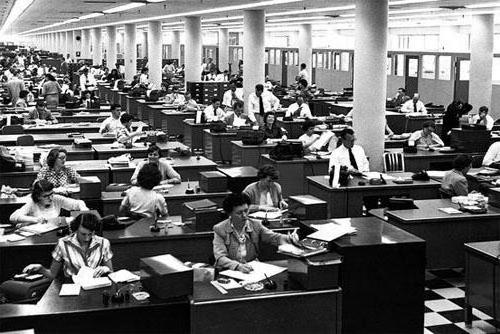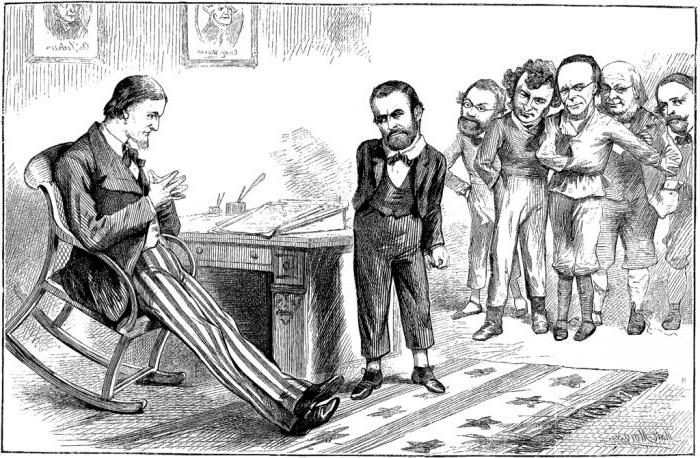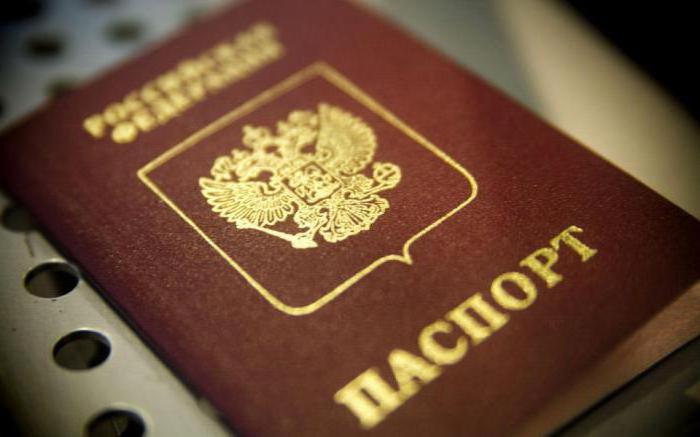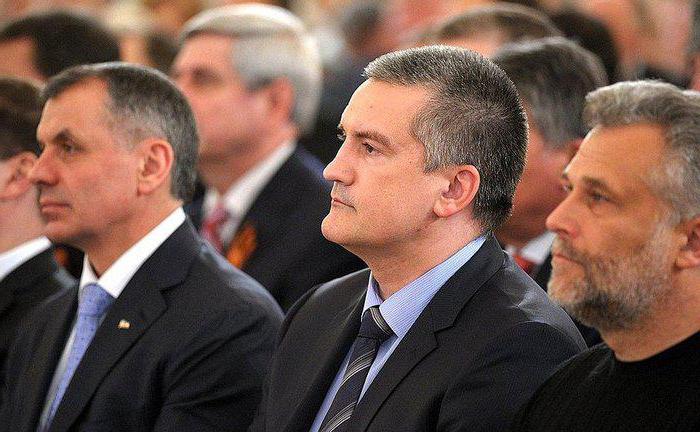Categories and groups of civil service positions
The structure of the state apparatus determinesquality of work of judicial, legislative and executive authorities. Groups of posts of the state and civil service, or more precisely, a clear classification of these groups, is necessary for the precise operation of the state apparatus. In modern Russia, all categories are defined by the relevant laws and regulations, on the basis of which not only state but also private enterprises are built.

What is the structure of the civil service?
State civil service is dividedLegislatively on the services of the subject of the Russian Federation and the federal service. But not only in civil service there is a strict vertical. All types of government services are divided on a single principle:
- Military service.
- State civil service.
- Public service of other subgroups.

Military and public service aresubspecies of the federal service. Each rank at any level of the state civil service corresponds to a certain military rank, in part correspond to the prosecutor's rank and the rank of the judicial authorities.
The legislative framework
Article 9 of the Federal Law establishes all categories and groups of posts of the state civil service. It says that there are four categories of state. employees:
- Heads, deputy heads.
- Assistants - positions for assistance and assistance to deputy state employees. posts.
- Specialists - positions to provide professional functions and tasks.
- Providing specialists - subgroups for information, financial, documentary and other support of the state. companies.
In addition to the main classification by category, there is a classification by groups, and they should not be confused:
- The highest positions are managers, assistants, specialists.
- Chief positions are managers, assistants, specialists providing specialists.
- Leading positions are managers, assistants, specialists providing specialists.
- Senior positions are specialists providing specialists.
- Junior posts are providing specialists.
One group of posts, by law, cancontain several categories. Classification by groups is needed to more accurately determine the position of an official on the social vertical. For example, the head of the ministry (minister) and the head of the financial department (director) are not on the same level, but both are leaders.

A similar situation with military and prosecutorial ranks.
What is civil service?
The notion of "civil service" refers toactivities of the Administration of the President, the Government of the Russian Federation, federal and territorial bodies of the executive branch of government (services, agencies, ministries and their subjects).

There is a group of people who are not civil servants, these are State Duma deputies and members of the Federation Council, law enforcement officials, in particular, judges.
Classification is created for a clear definition of the structure of the state apparatus, clarification of the powers of each actor and a clear hierarchy of subordinating one title to another.
Higher posts
The determining group of posts is the highestposition. To the higher group of posts of the state civil service the class rank of federal employees - the valid state adviser of the Russian Federation I, II and III classes concerns a class.
This rank of state. service corresponds to the military general-colonel (admiral) and the general of the fleet (admiral of the fleet) for the I class. Lieutenant-General or Vice Admiral for Class II. A major general for the third grade.
For employees of the prosecutor's office I classis equivalent to the actual state counselor of justice. II class - to the state adviser of justice of II class. III class - to the state adviser of justice of III class.
For special ranks for I, II and III classes, respectively: General of the Police (FCS or Justice) of the Russian Federation, Lieutenant General of Police (Justice or FCS) and Major General of Police (FTS, Justice).
Chief positions
The main group of state postscivil service includes state advisers of the Russian Federation I, II and III classes. For military service, I class corresponds to a military colonel or captain of rank 1 (for the naval forces). II class - lieutenant colonel or captain 2 rank. III class - a major or a captain of the 3rd rank.

For prosecutors, each class is equivalent to the senior adviser of justice, the adviser to justice and the junior justice adviser, respectively.
For special ranks, the chief positions of classes I, II and III are similar to the Colonel, Lieutenant Colonel and Major of Police, Justice or FCS (Federal Customs Service), respectively.
Leading positions
The leading group of posts of the state civil service correspond to the advisers of the 1st, 2nd and 3rd grades.
I class service is equivalent to the military captain and captain-lieutenant. II class - the senior lieutenant. III class - lieutenant.
For an employee in the prosecutor's office, each class corresponds to a lawyer of the first, second or third level.
For special ranks I class corresponds to the captain of police, justice or FCS. II class - senior lieutenant of police, justice or FCS. III class - lieutenant of police, justice or FCS.
Senior positions
Specialists of the senior group of posts of the state civil service are called referents of the I, II and III classes. I class corresponds to the prosecutor's junior lawyer.
Senior positions correspond to military ones - junior lieutenant, senior warrant officer or ensign. The difference in rank due to the usual military service or naval.
In special ranks I class corresponds to a junior lieutenant of the police, justice or FCS. II class - senior warrant officer of the police, justice or FCS. III class - warrant officer of the police, justice or FCS.
Junior positions
The last group of government postscivil service - is the work of junior advisors or secretaries of public service I, II and III classes. Similar to the military: I class is the chief ship's foreman. II class - foreman 1 tbsp. or sergeant, foreman 2 tbsp. or junior sergeant. III class - senior sailor or corporal, ordinary sailor. The difference in the ranks of ordinary service or naval.
In prosecutorial practice, referents II, III classesand all junior posts are not present. Special positions corresponding to the secretaries of the 1st class are the senior sergeant or the foreman of the police, justice. II class - a sergeant of the police or justice. III class - ordinary police or justice.

Thus, there are five groups of postsState civil service, which are divided into four main categories. Each civil service group corresponds to a military rank, specified by a special rank.
This system was not developed in onea beautiful day, but starting with the Table of Ranks was accomplished with time and today appeared in this light. Knowledge of the structure of posts helps to set a goal if a citizen wants to work in this direction or better understand the structure of the state apparatus of the Russian Federation.





